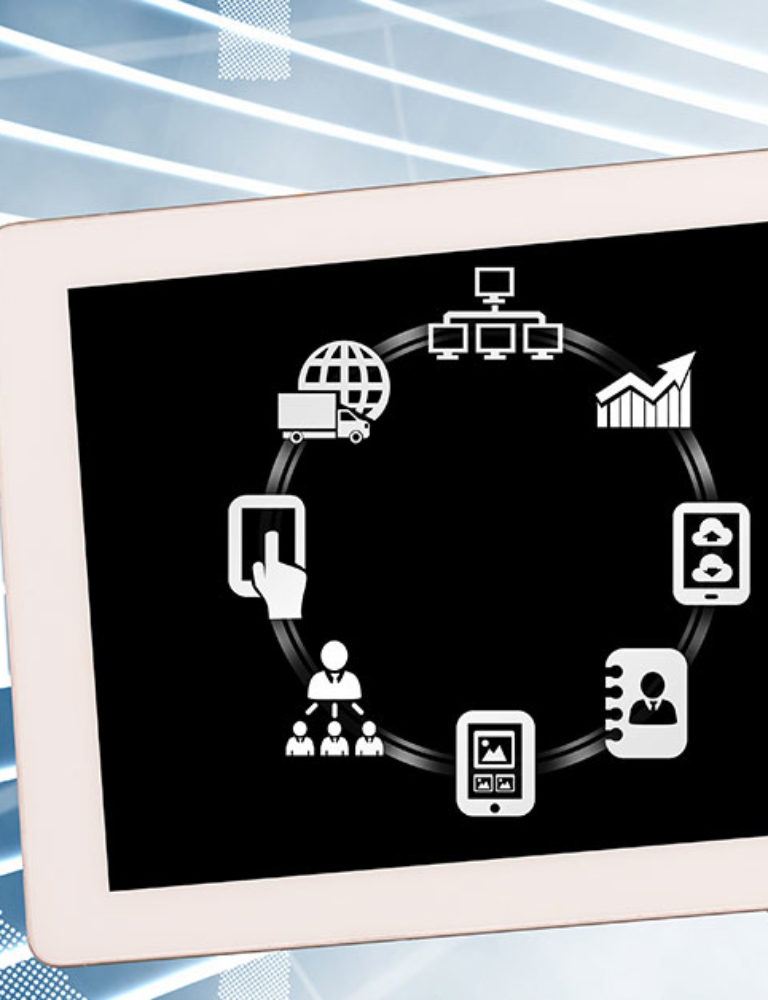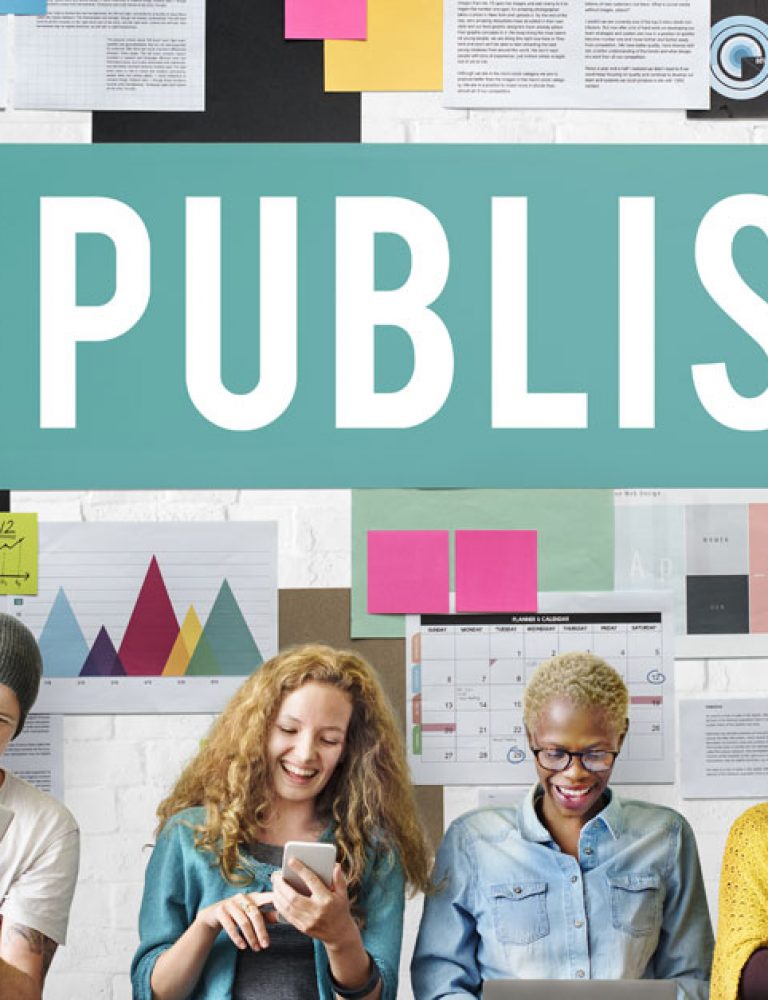We’ve all seen haunting images of children carrying bags full of heavy physical textbooks on their backs.
While physical textbooks have been a staple of school and college education for decades, they pose a number of limitations and challenges when it comes to access in the digital era.
Many of these challenges are being successfully addressed by digital textbooks. For instance, cheap digital textbooks are more affordable than their paper counterparts to a wider demographic of students.
In this blog, we understand the economics of textbooks and the advantages that digital textbooks bring to modern education.
Digital Textbooks Deconstructed
Current and future generations of consumers are comfortable with smart devices as part of their lifestyles.
In a post-pandemic world, virtual education has also been increasingly adopted by both school and college-going learners. These shifts have nudged publishers to introduce cheap eBook textbooks that are affordable yet offer higher value in terms of content. They are adopting a digital-first approach to educational content.
Digital textbooks, also known as eTextbooks or electronic textbooks, offer similar content to paper textbooks but can be accessed via computers, smartphones, and e-readers. They can be stored on the cloud instead of in a bag or on a bookshelf.
However, digital textbooks are not merely electronic manifestations of their paper counterparts. The presentation of digital textbooks does not comprise nearly text in the form of chapters. Content can be represented in the form of videos, quizzes, self-assessments, Audio, and slideshows. Interactive learning is a major value-add.
Why Digital Textbooks are More Affordable
Cheap eTextbooks break down the barriers to economic access. But the question is, why are they less expensive than paper books? A look at the production process of paper textbooks in comparison to digital textbooks gives us insights.
The traditional process of designing and publishing paper textbooks is much more complex. The rising cost of paper, supply chain issues, and the decline of the printing industry make it more challenging for publishers to sustain and profit from publishing paper books without charging a premium.
Due to the rising cost of textbooks, learners prefer to rent, buy second-hand textbooks, or shift to cheap digital textbooks.
Digital textbooks are easy to design and publish. Publishers have access to state-of-the-art tech-enabled digital publishing platforms that enable the publishing of digital books at a reduced cost and timeline. They can transfer the benefits of cost savings to consumers.
8 Additional Benefits of Digital Textbooks
1. Easy Updation
The future of education is dynamic. The curriculum keeps evolving, and digital textbooks are extremely easy to update, which is impossible to do with paper books unless new editions are printed.
2. Flexible Learning Approaches
All learners do not learn at the same pace through the same methodologies. Learners with various difficulties and challenges can learn more effectively through digital books because of the accessible design of the product.
For instance, those with visual challenges can leverage audio digital textbooks for learning, while those with reading difficulties can learn through video and gamification. Customization is another benefit where learners can adjust the font size according to their comfort levels.
3. Increased Engagement
One of the most advantageous benefits of digital textbooks is that learning becomes an interactive process, making it often easier to strengthen fundamentals and concepts.
The characteristics of digital textbooks also encourage people to engage in the process of self-learning.
4. Track Usage Patterns
Since a lot of digital textbooks are saved on the cloud, publishers can track the usage patterns of learners. Access to valuable learner data helps publishers understand which models are used more and how learners respond to various formats of content.
5. Easy to Access
Unlike paper textbooks, which are heavy to lug around, digital textbooks can be accessed from the cloud. They can be read via an eReader or downloaded onto one’s computer, laptop, or smartphone.
Learners can easily access textbooks while traveling en route to school, college, or even an outstation destination. eReaders also come with the option to highlight certain sections. Learners can thus copy and paste the text onto their notes for future reference.
6. Can Buy Them Online
Just like eBooks, digital textbooks can be bought online via online retail platforms or directly from publishers. One can also pay via multiple payment modes.
7. Search and Navigation Features
The most valuable feature of eTextbooks is the search function which allows learners to locate answers for specific sections in a matter of seconds. This feature is especially beneficial during exams or when finishing urgent assignments.
Students can also use a number of additional features to make the study process easier. For instance, they can use the bookmark function to flag chapters.
They can also navigate the entire textbook with ease. They can switch from one page to the next and also go back to the previous one seamlessly. This way, they can also use the index and glossary for reference with ease.
8. Collaborative Learning
Another unique feature of digital textbooks is that they provide a collaborative experience for learners, teachers, and others who have access to the textbook.
For instance, the teacher can highlight important sections that students must study. Students can annotate sections and also share notes within the textbook for the benefit of fellow learners, teachers, and their study groups.
How to Design and Publish Digital Textbooks
eBooks have been around for some time. However, access to easy-to-use publishing software to create digital textbooks is a more recent development.
Today, there are several digital publishing tools available to help publishers create imaginative, compelling, and cheap digital textbooks. The platforms come with multiple features and creative tools to build a digital textbook from scratch.
A superior digital publishing platform also provides access to 24/7 tech support to help users navigate glitches.
Conclusion
Digital textbooks are the future of education, making learning more affordable and accessible across leader segments.
Digital publishing platforms, such as Kitaboo, are helping publishers of educational content design, publish, distribute, market, and amplify cheap eTextbooks to learners across schools and colleges.
Discover How An Ebook Conversion, Publishing & Distribution Platform Can Help You
Kitaboo is a cloud-based content platform to create-publish & securely distribute interactive mobile-ready ebooks.
You May Also Like







